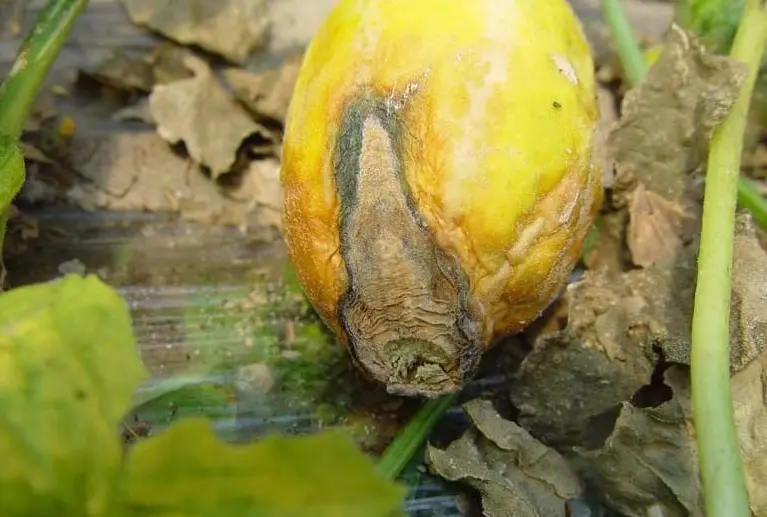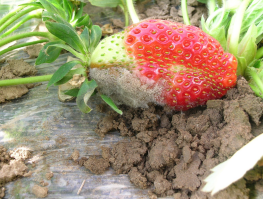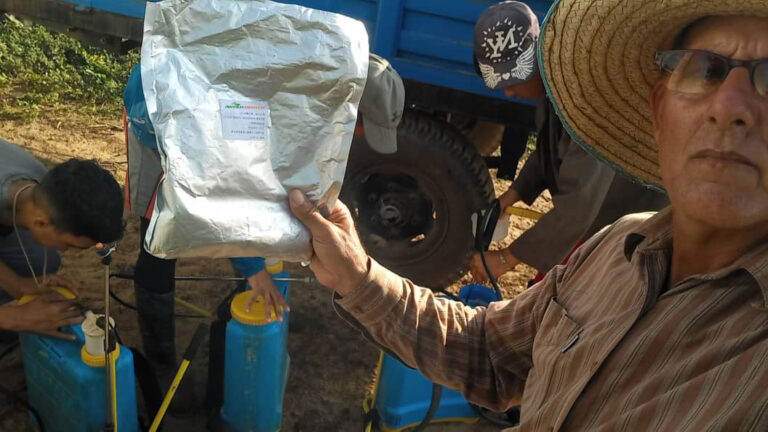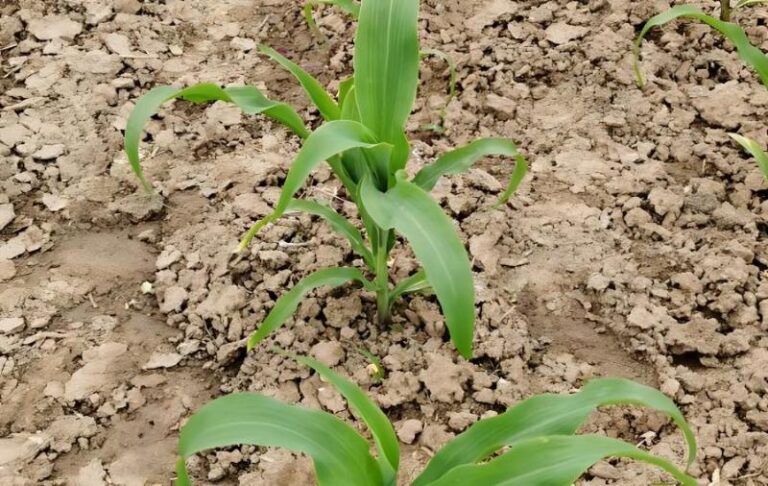Seed treatment for spring crops involves applying various treatments to seeds before planting to protect them from diseases, pests, and environmental stressors. The goal is to improve seed germination, early plant development, and overall crop yield. Here are some common seed treatment practices for spring crops:
Fungicide Treatment:
Purpose: Protects seeds from soil-borne pathogens, such as fungi and molds.
Methods: Seeds can be coated with fungicidal formulations to create a protective barrier.
Insecticide Treatment:
Purpose: Controls and prevents damage from insect pests during the early stages of plant growth.
Methods: Insecticides are applied as seed coatings to deter or eliminate pests that may attack the germinating seeds.
Biological Seed Treatment:
Purpose: Uses beneficial microorganisms (e.g., bacteria, fungi) to enhance plant growth and suppress pathogens.
Methods: Inoculating seeds with beneficial microbes to establish a symbiotic relationship with the plants.
Nutrient Coating:
Purpose: Provides essential nutrients to support early plant growth.
Methods: Coating seeds with nutrient-rich formulations to ensure a nutrient supply during the critical early growth stages.
Seed Priming:
Purpose: Enhances seed hydration and germination by pre-soaking seeds in water or nutrient solutions.
Methods: Seeds are soaked for a specific period, allowing them to absorb water and activate enzymes before planting.
Seed Pelleting:
Purpose: Improves seed handling, sowing uniformity, and protects against environmental stress.
Methods: Coating seeds with inert materials or substances that aid in uniform distribution during planting.
Dressing for Stress Tolerance:
Purpose: Enhances seeds’ ability to withstand abiotic stress, such as drought or temperature fluctuations.
Methods: Applying stress-tolerant compounds or coatings to improve the resilience of seeds under adverse conditions.
Seed Coating for Moisture Retention:
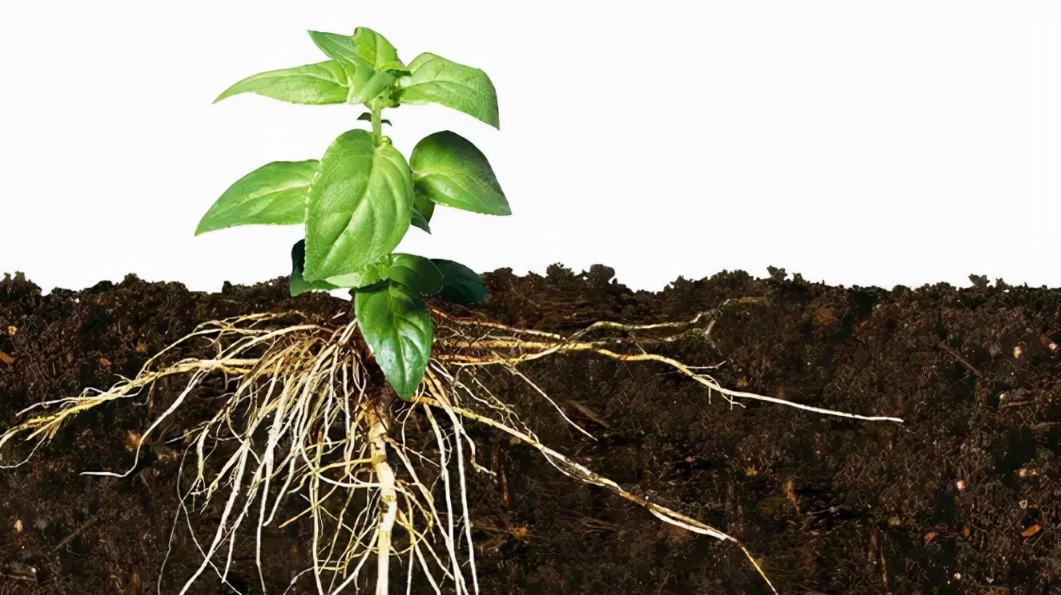
Purpose: Helps seeds retain moisture during the critical germination phase.
Methods: Coating seeds with hydrophilic substances to enhance water absorption and retention.
It’s crucial to select seed treatments based on the specific needs and challenges of the crops being planted, local environmental conditions, and the potential risks associated with pests and diseases prevalent in the region. Always follow recommended application rates and guidelines to ensure effective and safe seed treatment.
Certainly! The utilization of seed treatments is essential as it represents a primary method for managing numerous seed and soil-borne diseases, including bunt, loose smut, and leaf stripe. Often, these diseases remain latent and their impact isn’t evident until the ear emergence stage, making it too late to implement control measures and mitigate potential losses.
Seed treatments play a crucial role in preventing the establishment and spread of these diseases right from the early stages of germination. By applying fungicides or other protective coatings to the seeds, growers can create a barrier against soil-borne pathogens, ensuring that the emerging plants are shielded from the harmful effects of these diseases.
The hidden nature of these infections underscores the importance of preemptive measures through seed treatments. Once the crops reach ear emergence, the diseases may have already taken hold, and their impact on yield and quality can be irreversible. By incorporating seed treatments as part of the pre-planting strategy, farmers can proactively safeguard their crops from these potential threats, contributing to overall crop health and productivity.
In summary, the use of seed treatments is a critical component in the integrated management of seed and soil-borne diseases. It offers a preventive approach that addresses the hidden risks associated with bunt, loose smut, leaf stripe, and similar ailments, ultimately helping farmers to avoid losses and promote successful crop development.


